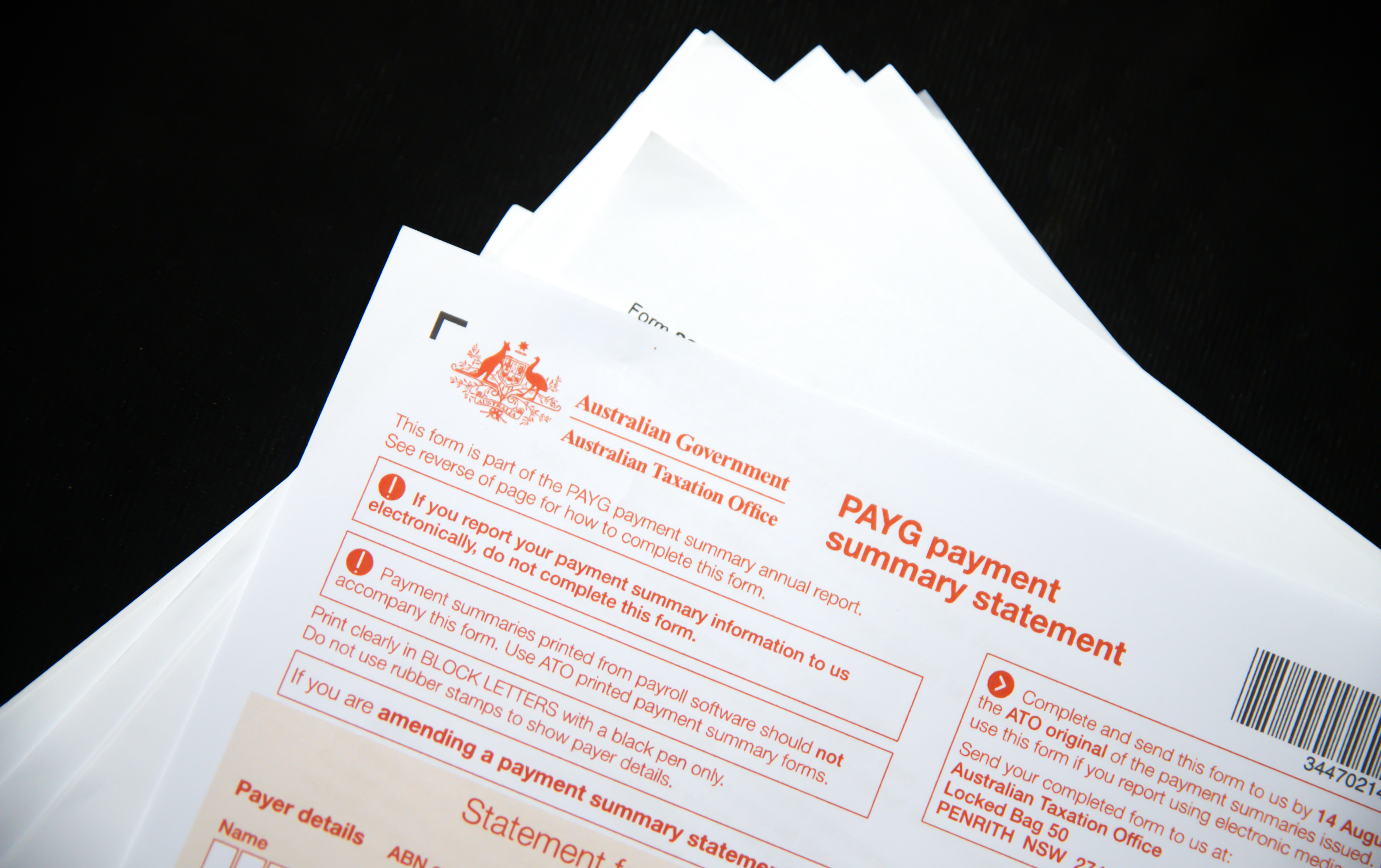- Transfer pricing is regulated by the Australian Taxation Office (ATO). The ATO has proven remarkably prolific and creative in auditing companies. Intercompany financing has been a favored target of the ATO.
- Australia is a member of the OECD and has concluded an extensive treaty network.
- Australia has adopted both CBCR and the master file but not OECD local file. Instead, the ATO has its own local documentation requirements, which are consistent with the OECD guidelines in terms of information, but differ in format.
- Speaking of aggressive, the ATO has established a Tax Avoidance Taskforce to prevent, detect and address tax avoidance to ensure the most prominent and wealthiest taxpayers pay the right amount of tax in Australia.
- For companies meeting certain global income thresholds, a disclosure form called the Australian Local File must be filed. This is not the OECD’s local file, but an XML form that requires certain information contained within an OECD Chapter V LF.
- Australia, beginning with July 1, 2024, now requires companies with global income of AUD 1 billion or more to disclose international related party dealings as well as selected tax information for selected jurisdictions,
- Australian TP legislation only applies in one direction: It can only be used to increase profits, or decrease losses and offsets, with a possible increase in withholding taxes.
- Permanent Establishments (PE) in Australia are required to make certain that the amount brought to tax is the same as if the TP was a separate entity operating independently.
- An Australian entity that is part of an MNE Group with annual global income exceeding AUD 1 billion is required to submit a master file. The local file requirements are complex and vary by type of activity, and they’re also lower in value.
- The master file is required to be submitted within 12 months of the close of the fiscal year.
- Australia has a diverted profits tax that looks at transactions that are taxed overseas at a low rate, generally less than 24% and where obtaining a tax benefit is the principal purpose of the arrangement.
- There are no safe harbors in Australia, but the ATO provides guidance on its compliance approach and areas of focus.
- The ATO provides extensive guidance within the Practical Compliance Guidelines that establishes the parameters necessary to avoid penalties and scrutiny by the ATO.
- TP documentation must be submitted in English.
- The corporate tax return is due six months and 15 days after the close of the fiscal year, but extensions are possible. Transfer Pricing documentation should be completed contemporaneously with this deadline.
- Local comparables are preferred, but the ATO may accept foreign comparables only if taxpayers can demonstrate that reliable local comparables are not available.
- Multiple-year testing (five years) is preferred, and the spreadsheet interquartile range is generally acceptable.










